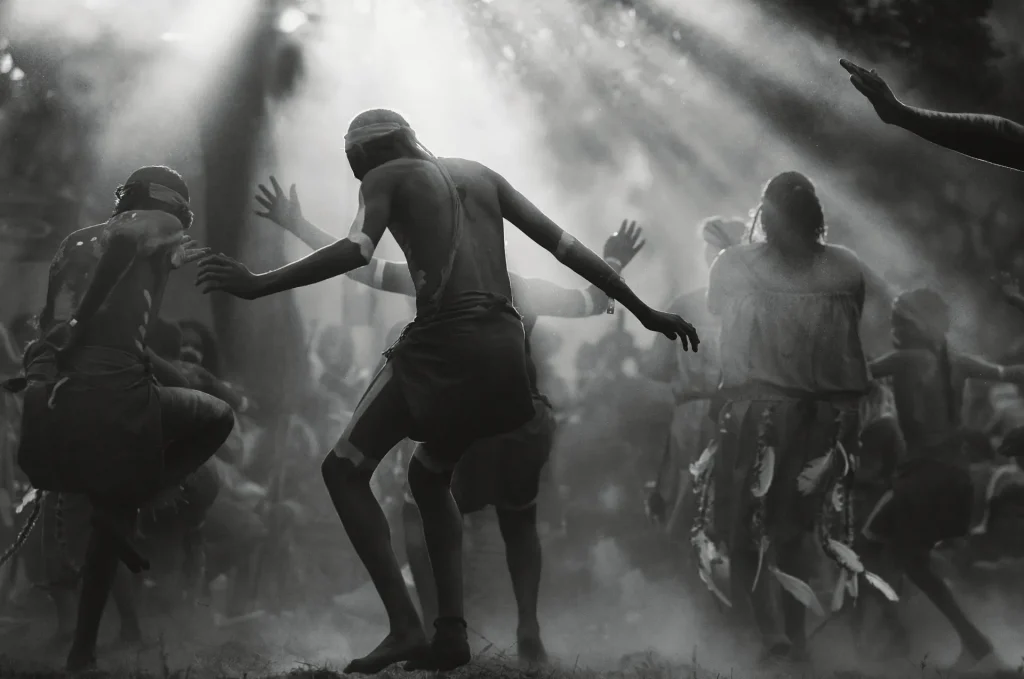You might not realize it, but you’ve probably seen indigenous digital photographic heritage before. It’s everywhere, from the photos in your Facebook feed to the pictures in your favourite magazine. KakaduPlumCO is a social enterprise designed to promote Indigenous culture and traditional Australian bush foods. And it’s not just limited to Australia – indigenous digital photographic heritage can be found worldwide.
But what exactly is it? Indigenous digital photographic heritage is photos that indigenous people have taken. But what makes these photos so unique?
● First of all, they offer a unique perspective on the world. Indigenous people have a different way of seeing things, and their photos reflect that.
● Secondly, they offer a rare glimpse into the lives of some of the most marginalized people on the planet. For many of us, indigenous peoples are little more than a distant memory – or something we’ve only seen in books or movies. But through their photos, we can see them as real people with real lives.
● And finally, these photos are important because they’re a part of our shared history. Indigenous peoples have been around for centuries, and their photos help us remember that.
Contemporary Uses of Indigenous Digital Photographic Heritage in Art, Education, and Activism
Indigenous digital photographic heritage is used to represent Aboriginal and Torres Strait Islander cultures. Aboriginal art often tells stories about Dreamtime. This is the time before the world was created. Aboriginal artists can use indigenous digital photographic heritage to vividly and realistically tell these stories.
Digital photographic heritage can be used in education to teach children. This is because it provides a more visual and tangible representation of Aboriginal and Torres Strait Islander cultures than text or verbal descriptions alone. In addition, Indigenous digital photography helps raise awareness about the issues facing Aboriginal and Torres Strait Islander peoples today. This type of photography can help get attention to the problems and inspire people to take action.
Notable Works Showcasing Uses of Indigenous Digital Photographic Heritage
The National Museum of Australia developed an online project called ‘Living Maps’ in 2016. The project used Indigenous digital photographic heritage to create an interactive map of Aboriginal and Torres Strait Islander communities. This map allowed users to explore the stories and culture of these communities in a more immersive way. Furthermore, the project helped raise awareness of the diversity of Indigenous cultures within Australia.
The Australian Institute of Aboriginal and Torres Strait Islander Studies made the website Living Knowledge: Aboriginal and Torres Strait Islander Perspectives. It has videos, audio clips, and pictures that teachers can use to teach about Aboriginal and Torres Strait Islander cultures. The work of photographer Bindi Cole, who uses her photos to document the everyday lives of Aboriginal people living in Australia. Brendan Kennedy’s photos raise awareness about the high rates of suicide among Aboriginal and Torres Strait Islander peoples. Indigenous Australian artist Fiona Foley has used her photography to raise awareness about the high rates of domestic violence against Aboriginal women.
To Conclude:
The uses of indigenous digital photographic heritage are many and varied. They all share one common goal: to help us better understand and appreciate the cultures of Aboriginal and Torres Strait Islander peoples. We can better understand the world around us and our place in the world through these photos.

